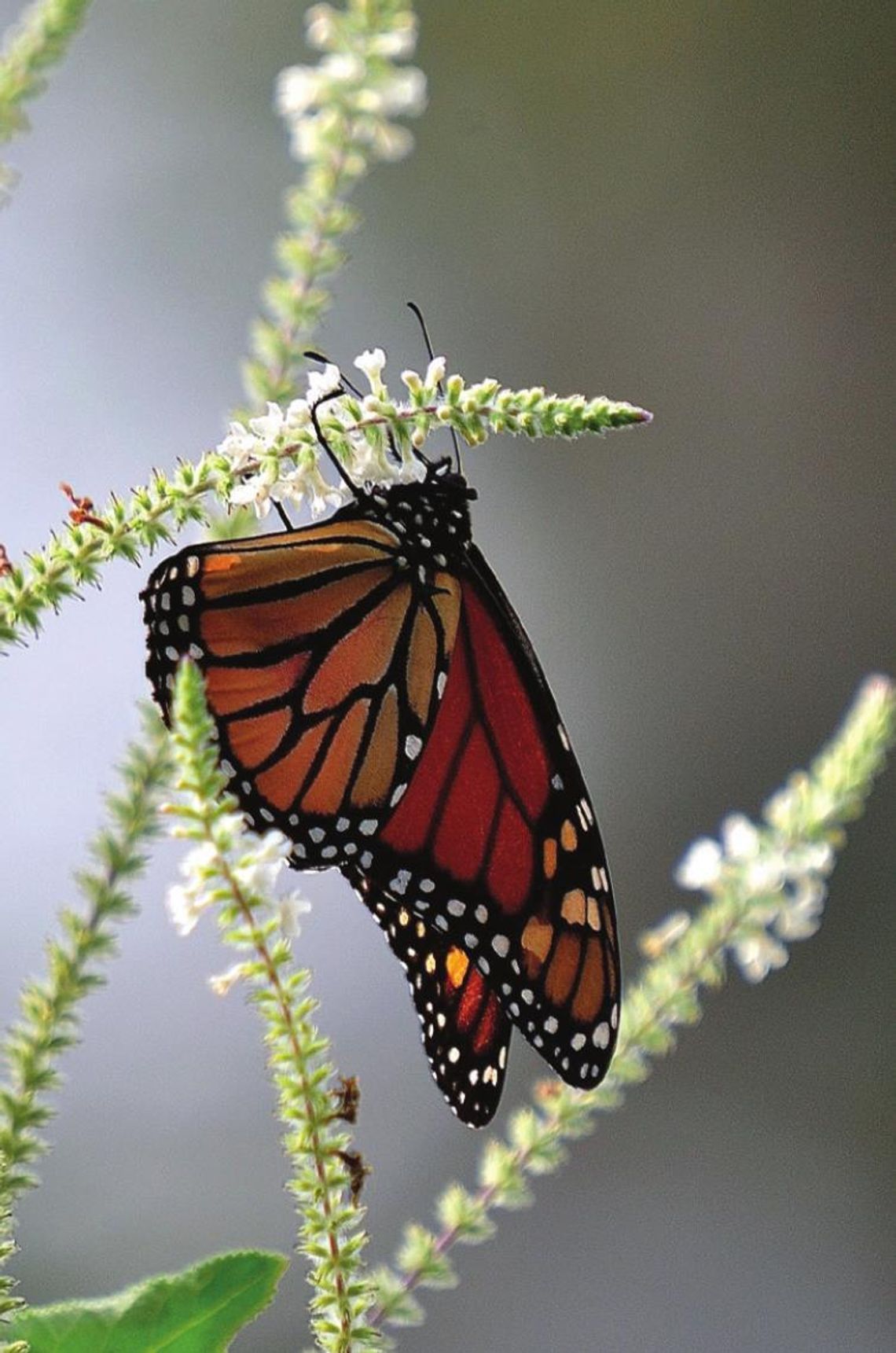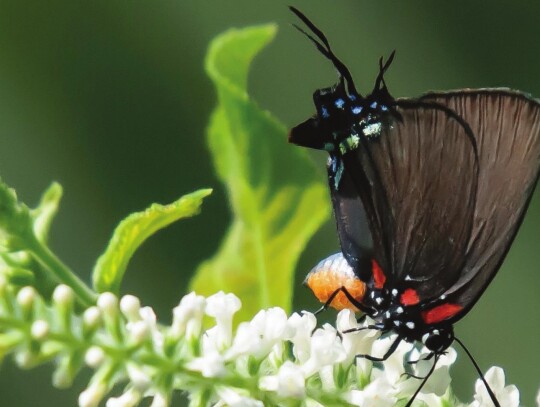If you love flowers that are fragrant with non-stop bee and butterfly activity, then the sweet almond verbena or tree verbena is a must for your landscape. Those traits, coupled with drought tolerance and ease of growing, were just some of the reasons it was chosen as the Florida Plant of the Year in 2008 and will be a winner in San Marcos too.
Botanically speaking, it is known as Aloysia virgata and is in the verbena family. It is native to Argentina but is truly at home in much of the United States. Despite the fact it was a Florida winner, in San Marcos it will return from the ground after winter and reach 10-feet tall plus by late fall.
Those glorious spikes of white blooms will be produced with reckless abandon from early May and continuing well into November. In late afternoon, when you might be ready to relax on the deck or patio, the fragrance intensifies, making the experience one that the whole family will treasure and remember.
It is cold-hardy from zone 7-10 and is grown like a woody perennial in zones 7 and 8 where it almost always freezes to the ground. It is a woody shrub or small tree in zones 9-11. The sweet almond verbena, however, has so much going for it gardeners in colder regions grow it as an annual or large container plant.
It is quite at home in the back of the perennial or cottage garden. My favorite use would be the backyard wildlife habitat or pollinator garden. With nonstop glistening white blooms, your choice of companions is unlimited. With plants Blue Boa agastache, Little Red Joe Pye weed, Golden lace patrinia and Chapel Hill yellow lantana as companions you could create a pollinator heaven that would be tough, beautiful and unsurpassed with activity.
Choose a well-drained site in full sun. Luxurious soil fertility is not needed nor recommended. Dig the planting hole two to three times as wide as the rootball, but no deeper. This wide hole allows for easy root expansion and acclimation in the landscape. The top of the rootball should be even with the soil profile.
As mentioned above, the sweet almond verbena is drought tolerant, easy to grow and has virtually no pests or diseases, making it an environmentally friendly plant. It is fairly easy to find at garden centers and countless reputable mail order sites. Don't forget a 4-inch container grows like it is rocket propelled.
As you do your shopping, keep your eyes open for the southwest native selection known botanically as Aloysia gratissima. Its common name is white-brush and it is just as tantalizingly fragrant, and flushes with blooms off and on all summer. It is native to Texas, New Mexico and Arizona and is about as tough of a native shrub as there is. I've seen it blooming in areas where your first thought would be that plant life could not possibly exist. When in bloom, however, the butterflies magically appear for a feeding frenzy. It will be 3- to 10-feet in height and is only cold-hardy in zones 8-10.
These members of the verbena family have so many award-winning traits, drought tolerance, fragrance, bees, butterflies and hummingbirds and a beauty all their own. I hope you will search them out for your spring 2022 planting. Follow me on Facebook @NormanWinterTheGardenGuy for more photos and garden inspiration.









